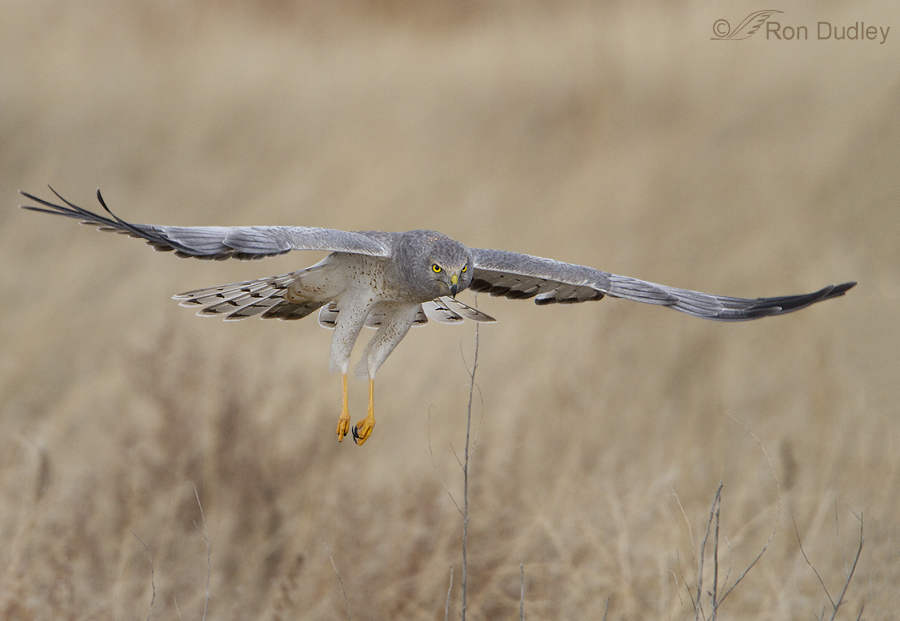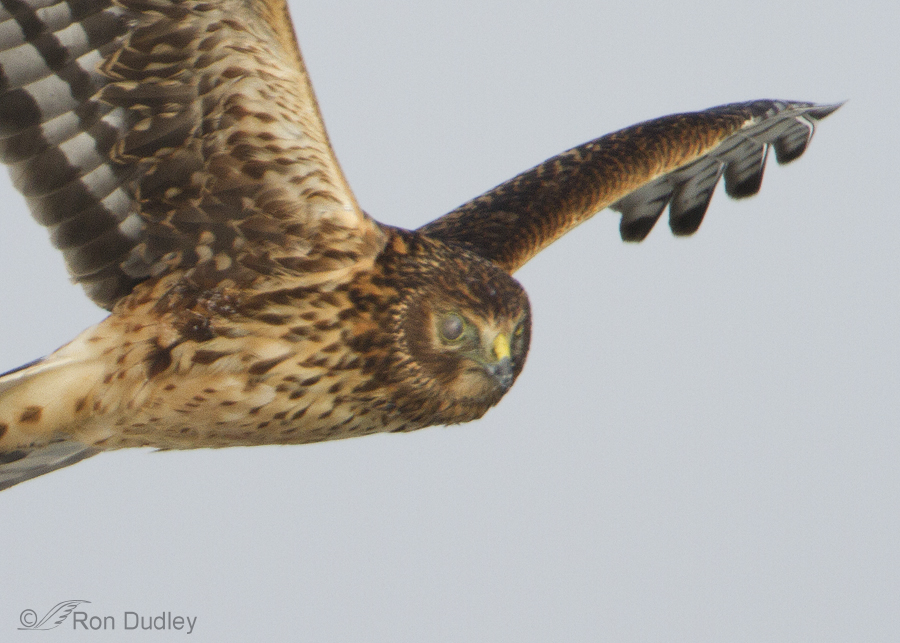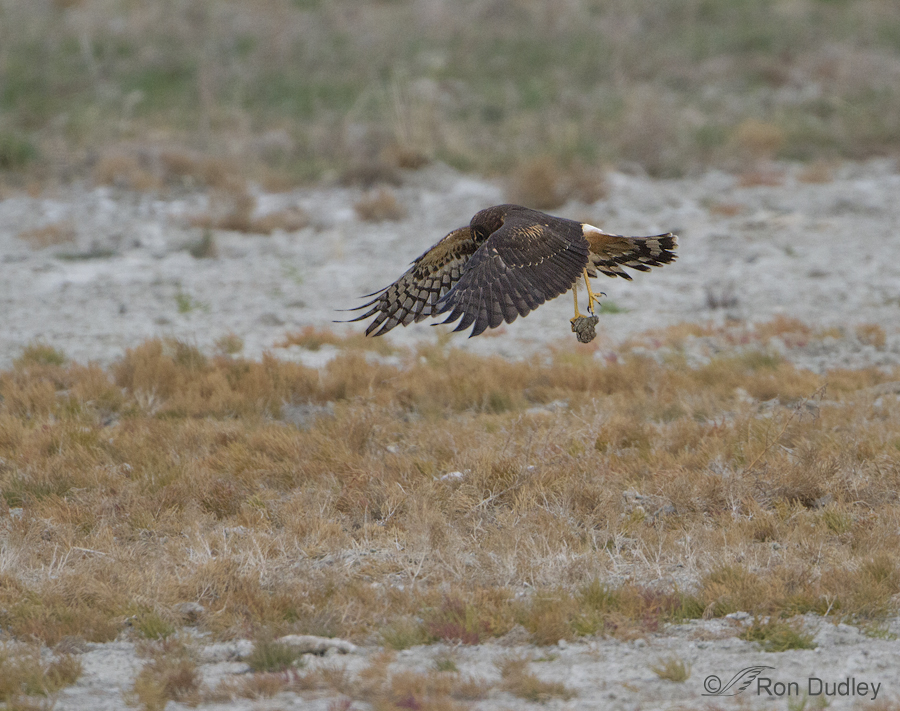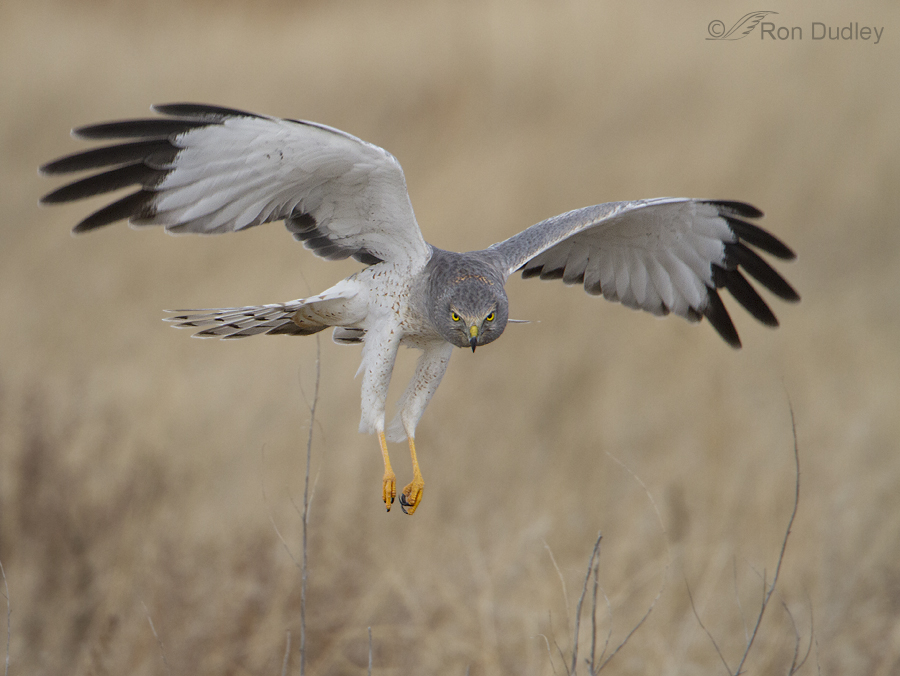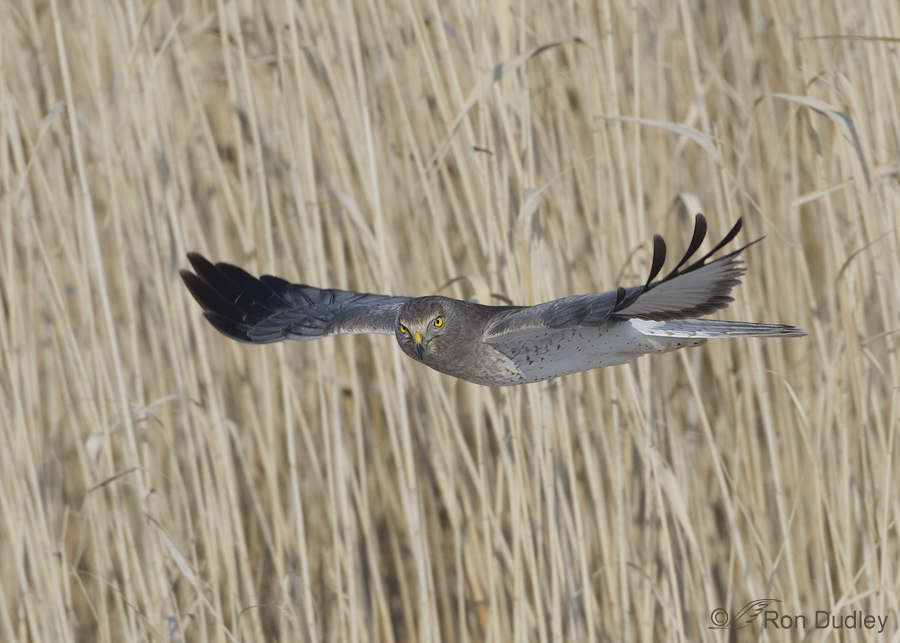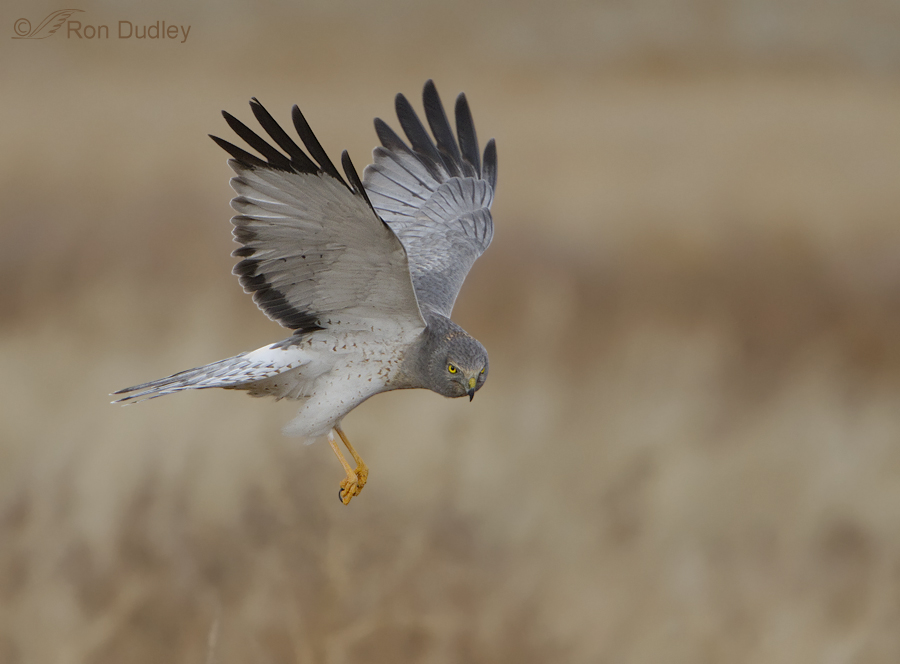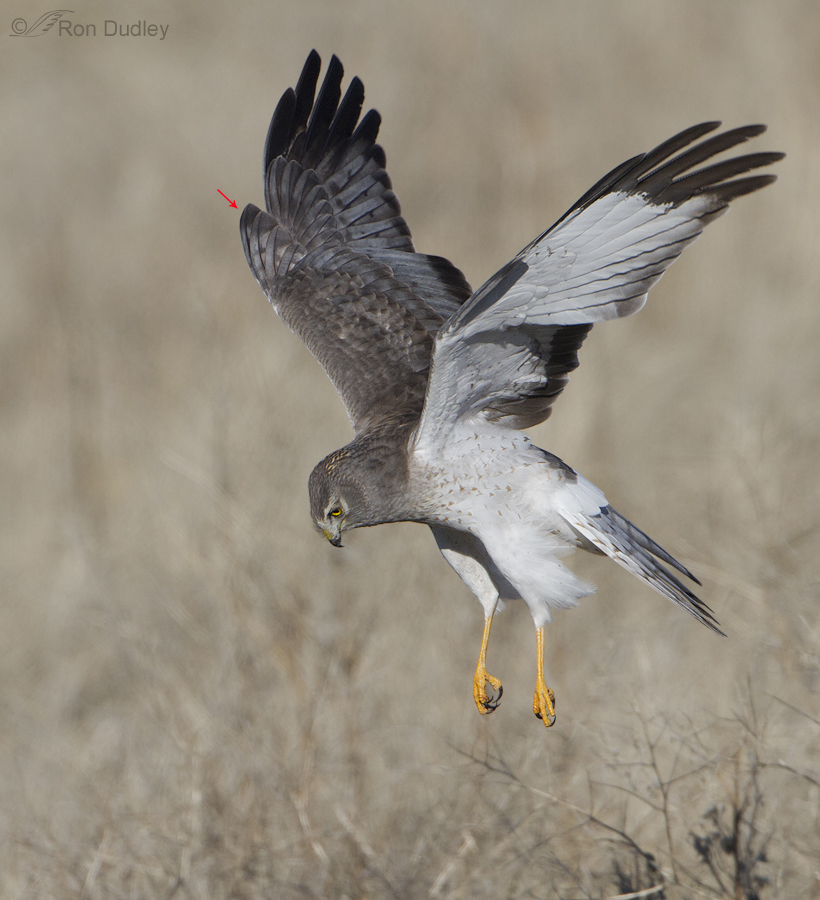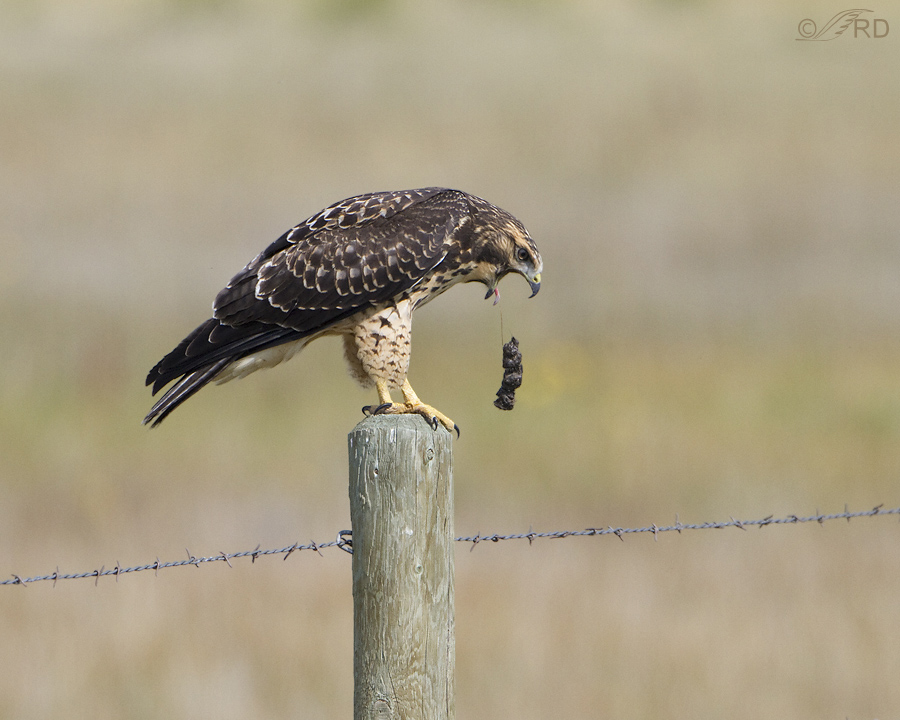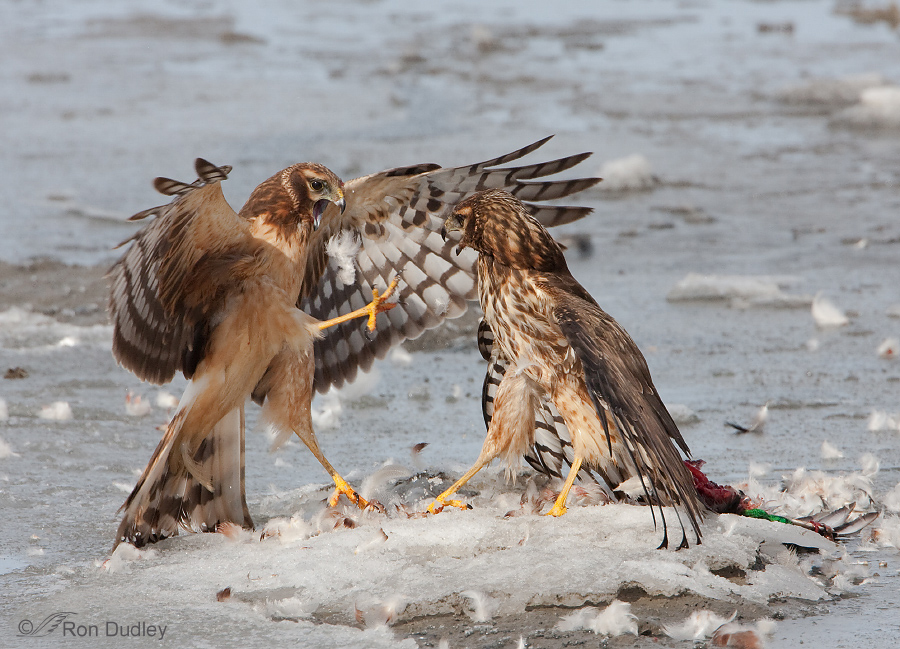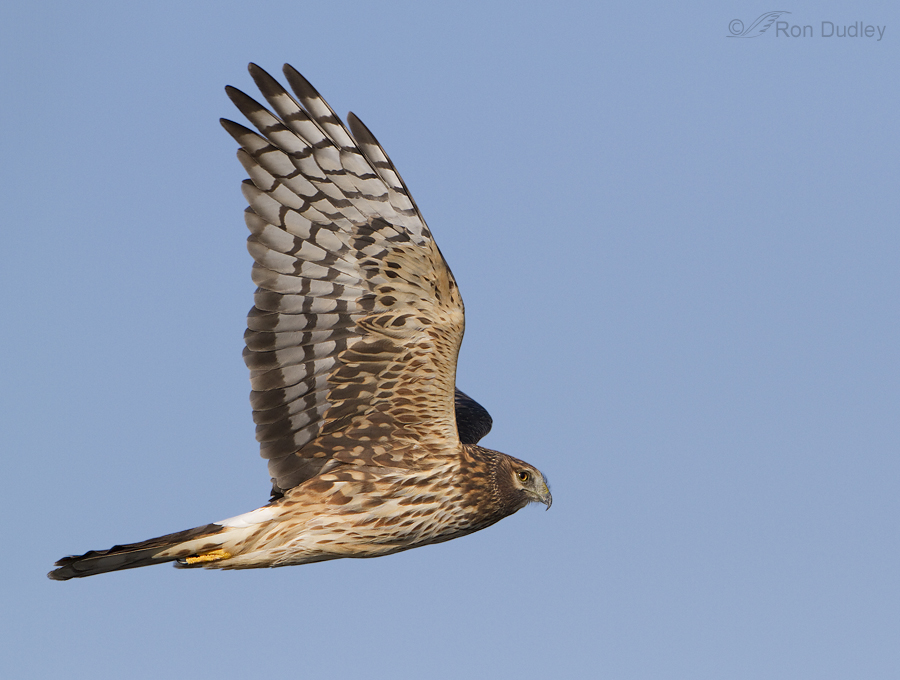Category: Northern Harriers
Eye Defects In Raptors
Northern Harrier “Playing”
A Menacing Look From A Male Northern Harrier
Male Northern Harrier In Flight – A Lucky Shot
Fighting Harriers
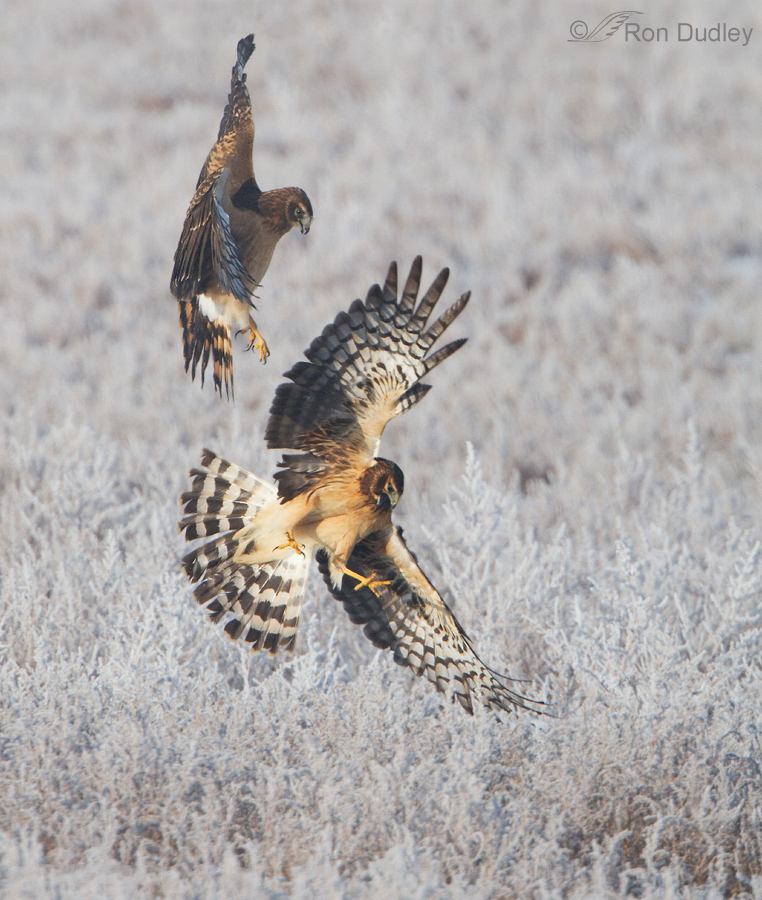
The seriousness of confrontations between Northern Harriers varies with the situation. Conflicts over food, especially during harsh winters, can be intense and dramatic but they often seem to spar with each other just for the “fun” of it. I’ve often seen and occasionally photographed both extremes of aggressive behavior.
Male Northern Harrier – Hunting Low And Slow
“Hanging” Northern Harrier – Hunting Low and Slow
Anticipating Raptor Take-off
Red-tailed Hawk Versus Northern Harrier – Aerial Confrontation
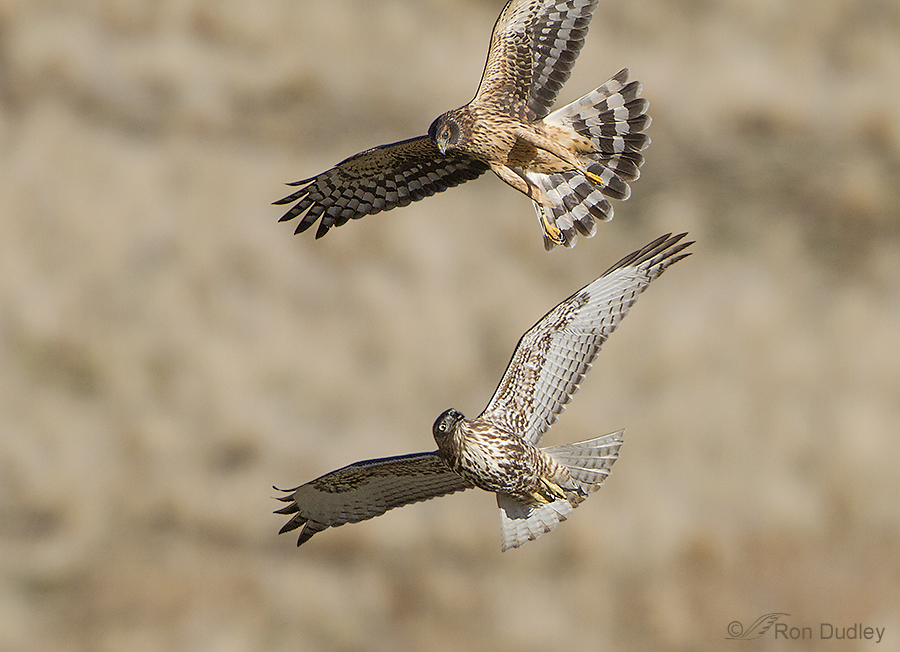
Northern Harriers are well-known for aggressive behavior toward larger raptors intruding on their territory but seldom chase off raptor species smaller than themselves. This interesting behavioral quirk apparently results from the ability of harriers to steal food from smaller raptors. It’s easier to pilfer prey from a smaller species than it is to catch it yourself so harriers let them hang around.
Male Harrier Cruising The Causeway
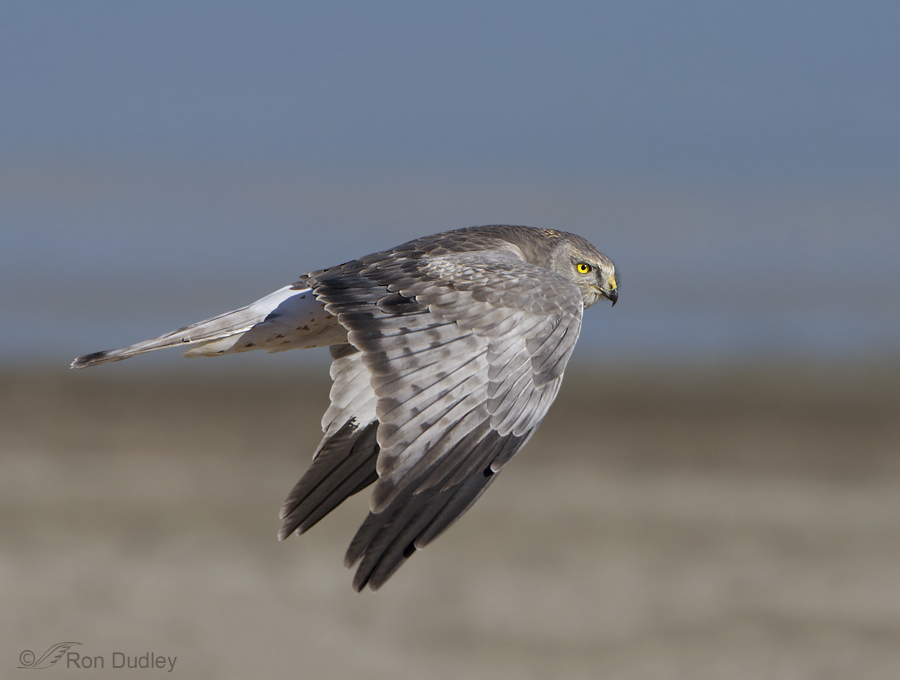
I have a strong affinity for Northern Harriers ( a little secret that’s difficult to conceal, given the vanity plates on my pickup). And though I love to photograph either sex there’s just something about the adult males that has a special appeal for me. Part of that attraction is probably the relative rarity of the adult male colors since the juvenile colors of both sexes resemble that of the female.
The males are called the “gray ghost” for good reason.
Feathered Photography Has Risen Again!
Northern Harrier Gaining Altitude
Yet Another Reason Why I Dislike Baiting
Baiting birds into close proximity for photographic purposes is a highly controversial subject, especially when it’s done to raptors. Often live bait such as store-bought mice are thrown in front of the photographer so that photos can be obtained of the bird in flight as it swoops down for the rodent.
Northern Harrier Surprise
Sometimes bird photographers have to be a little crafty to get the shot.


